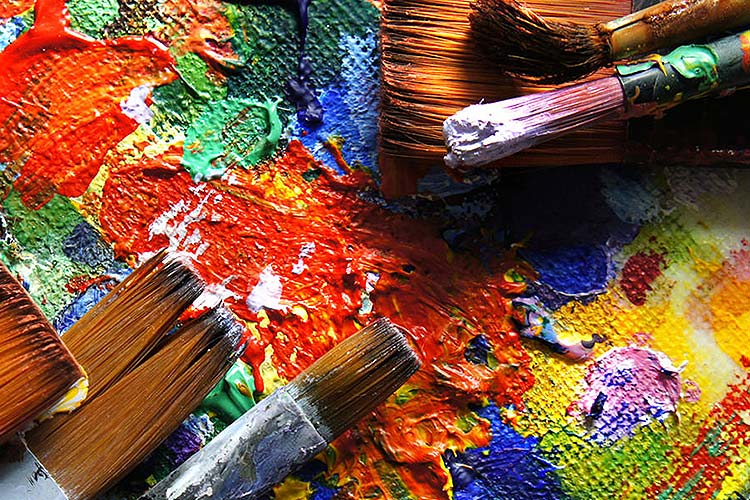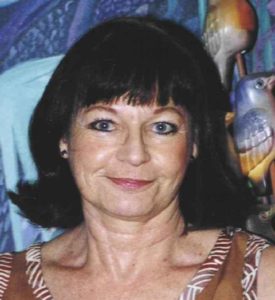Fibreart, Quilts as Art
Published: 18 September, 2017
Categories: General

Should quilt makers be considered artists, and should they command the same prices as painters and sculptors do? It is a fact of life that “art” is presumed to be painting or sculpture unless proven otherwise.
The art quilt is evolving and moving away from its initial point of reference – the quilt as bed cover – to claim its rightful place as dynamic abstract art on the walls of galleries and museums, as well as public buildings, corporate offices and private homes. An art quilt is defined as a contemporary art work, exploring and expressing the whole range of visual arts: painting, printmaking, photography, graphic design, assemblage, collage and three dimensional pieces, using fibre and fabric as the means of expression. As an art form, it is moving into very exciting territory and is finding its own voice.
What makes a contemporary art quilt?
This may consist of different attributes. For some it is a traditional pattern made with unusual fabrics and mixed media. Other quilters like to piece their work with improvisational techniques, making up the design of bold compositional layouts as they go until the quilt tells them when to stop. Making an art quilt necessitates discipline – planning, preparation, technical skills and the mastery of materials. A painter can erase the mark made on the canvas if it is out of place, whereas a quilter has to deal with a fabric which does not “read” well with the rest of the piece and which has already been sewn in. An enormous amount of time is consumed in creating an art quilt and the problem solving this entails.
Traditionally, quilt making fitted into a woman’s daily chores. We have come a long way from re-using old and worn fabrics from clothing to make warm blankets for the family, using tried and true patterns passed from mother to daughter via the quilting bee.
The quilt maker now breaks new ground, he/she designs the work, taking into account the variations in print and texture which a variety of different textiles and various other media can provide. A thorough knowledge of these and good craftsmanship are essential, for only then can the artist challenge the boundaries and explore the possibilities of what can be done innovatively with the medium. Coupled with this is a sound understanding of colour, design, composition and form is a prerequisite. Stitching, whether by hand or machine, diverges from its strictly functional role, and becomes an expressive tool, creating volume, shading, texture, movement, detail, three dimensional and tactile effects.
The work goes beyond the decorative
It must be original, and, as with all good art, the piece must have the ability to communicate an idea, emotion or some kind of message.It should be able to transcend the literal, to operate on a metaphysical level, with content that holds the viewer’s interest. It may even have an ambiguity, or a visual trigger that evokes something within the viewer, which perhaps allows the work to be reinterpreted over time. Fibre/textile art has a distinctive style and energy, the work is diverse and dynamic. The work challenges, explores and intellectualises ideas and opinions, or perhaps – makes fun of them.
The limits of the imagination are the only boundaries
Art quilters are serious about making art and about finding their personal artistic voices. What makes fibre art special? Textiles have meaning beyond that of the beautiful or the ugly. From early times, textiles have been used in the most basic ways – as shelter, to wrap, warm and protect the body from birth until death, finally to enshroud the dead. Materials are used to transform and decorate the body in the many parts we play in life. Our clothes indicate our status, our roles and even our age.
Now that textiles are used in artistic ways, perceptions are changing, barriers are breaking down, there is less demarcation between “art” and “craft”. Quilts are no longer being considered as “ tuis nywerheid”.

Jenny Hearn, is a Passionate Master Quilter, Design Lecturer, reader and artist with an insatiable curiosity about life in general and art in particular. Jenny is one of the first students to graduate from Inscape in its inception years with a Diploma in Interior Design, and Diploma Architectural Draughting.